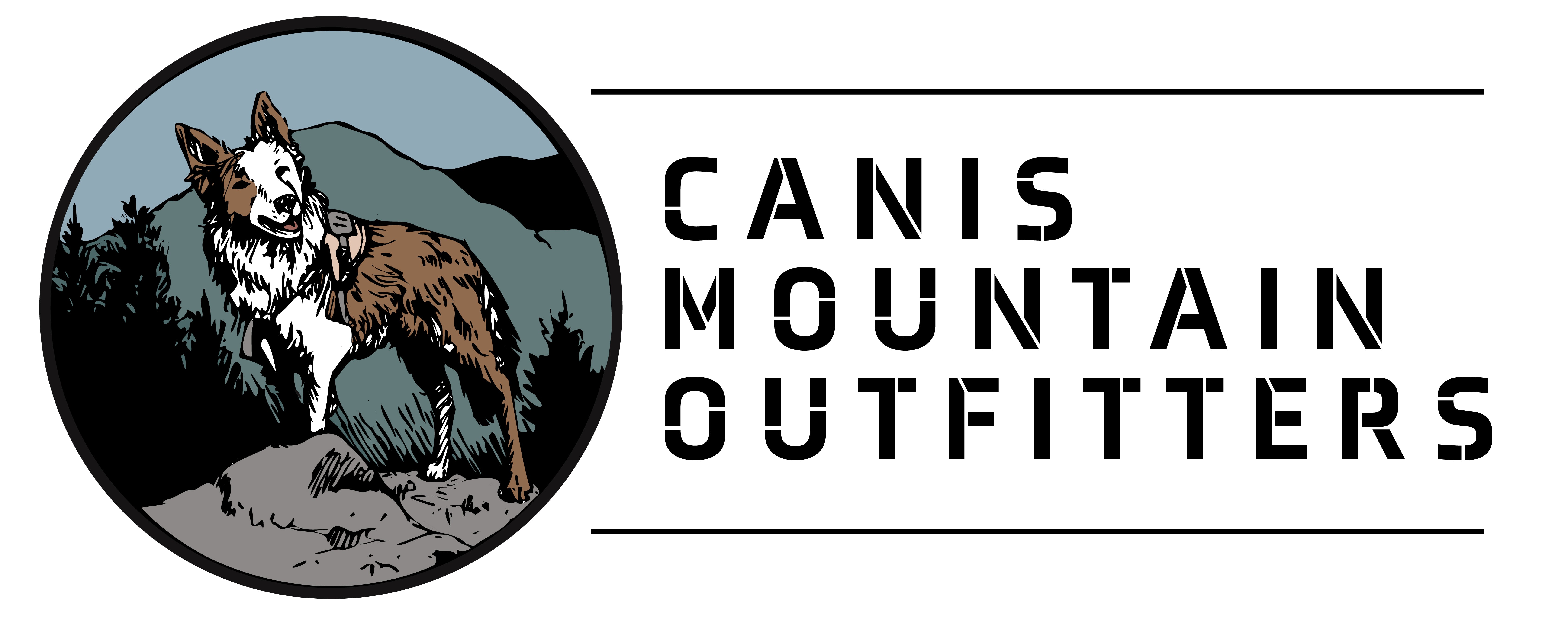Fear Aggression
When a dog feels threatened by something, the first and safest option for the dog is to run away from the threat. This is called the 'flight response.' If the dog is unable to put sufficient distance between himself and the threat, the only other options left are to either submit in the hope the threat goes away, or fight – the 'fight response.'
Why do dogs become fear aggressive?
The cause of most aggressive behavior is fear. Combine fear with a situation where a dog has not been raised and trained humanely and the result is often fear aggression. This is frequently made even worse by owners and trainers who employ aversive-based techniques on the fear aggressive dog. Another common cause of fear aggression is a lack of appropriate socialization during the dog's development. If a dog has not received adequate socialization, she will find it hard to cope with new things she encounters in her environment such as other dogs, animals or people.
How do I know if my dog is fear aggressive?
• Dogs that are fear aggressive will often adopt body postures that signal fear while retreating, such as cowering, lip licking, and baring teeth.
• If your dog is cornered or has nowhere to run, she might growl, lunge, snap, or bite in an attempt to get the threat to move away.
• Dogs with fear aggression might retreat if someone approaches them, but can then turn and nip at the person as they walk away.
• Fearful dogs often inflict shallow, rapid bites designed to remove the threat rather than doing serious physical harm.
Can I cure my fear aggressive dog?
It is important to note that while being able to tell your dog is fear aggressive is a positive step in the right direction, there is no 'cure' for aggression. Behavior can never be guaranteed in people or in animals because there are too many outside factors influencing behavior, mood and emotion. Just like people, dogs can simply have a bad day! While there is no 'cure' for fear aggression, there are many positive things you can do to help manage the problem and get your dog to a place where she can be managed and comfortable in an environment which she previously found scary.
• Start by helping desensitize the fears your dog may have. This will give your dog more confidence to cope with the fear.
• When you have identified the trigger, put your dog in the position where she does not have to experience the trigger. Managing the situation will always help with the behavior, but not fix.
• Try and make your environment as predictable as possible. Fear aggressive dogs do not like surprises so keep your dog’s surroundings as calm as possible until she is more confident.
How To Manage Fear Aggression
For an example, if your dog fears guests coming into your home, have a routine you can all follow any time someone new comes over. When the doorbell rings and a guest is at the door, do the following:
• Get your dog’s leash and take her outside so she can see the guest standing there.
• Have your guest stand with a bag that you have previously placed by the front door. The bag should contain your dog’s favorite treat.
• Go for a short walk down the road with your dog and the guest.
• Come back inside your home and take your dog through some commands like "Sit" or "Down", as the guest comes inside.
• Have your guest take the treat out and place it on the floor a safe distance away from your dog who must still be on leash if there is any likelihood she will react.
• Let your dog get the treat.
• Chat with your guest while your dog is eating her treat.
• Practice this routine with friends and neighbors that are willing to help and your dog will soon associate the bell ringing and a guest entering with good things.
• Once your dog is no longer fearful you can start having guests come into the home without having to take your dog outside. A guest can still enter with the treat in her hand but this will make the greeting routine less time consuming.
• Tell your guests to give your dog space and limited attention.
You can make up any routine as long as it is something your dog enjoys. The secret to success with this one is to keep your dog thinking and working, which will keep her below her stress threshold, and give her space, while also keeping guests safe.
Bottom Line
Though fear aggression is a serious issue which can take a considerable amount of time and effort to address, it is possible to manage the behavior. Be sure to avoid aversive-based training techniques, and instead help your dog become more confident and secure using the power of positive training.
